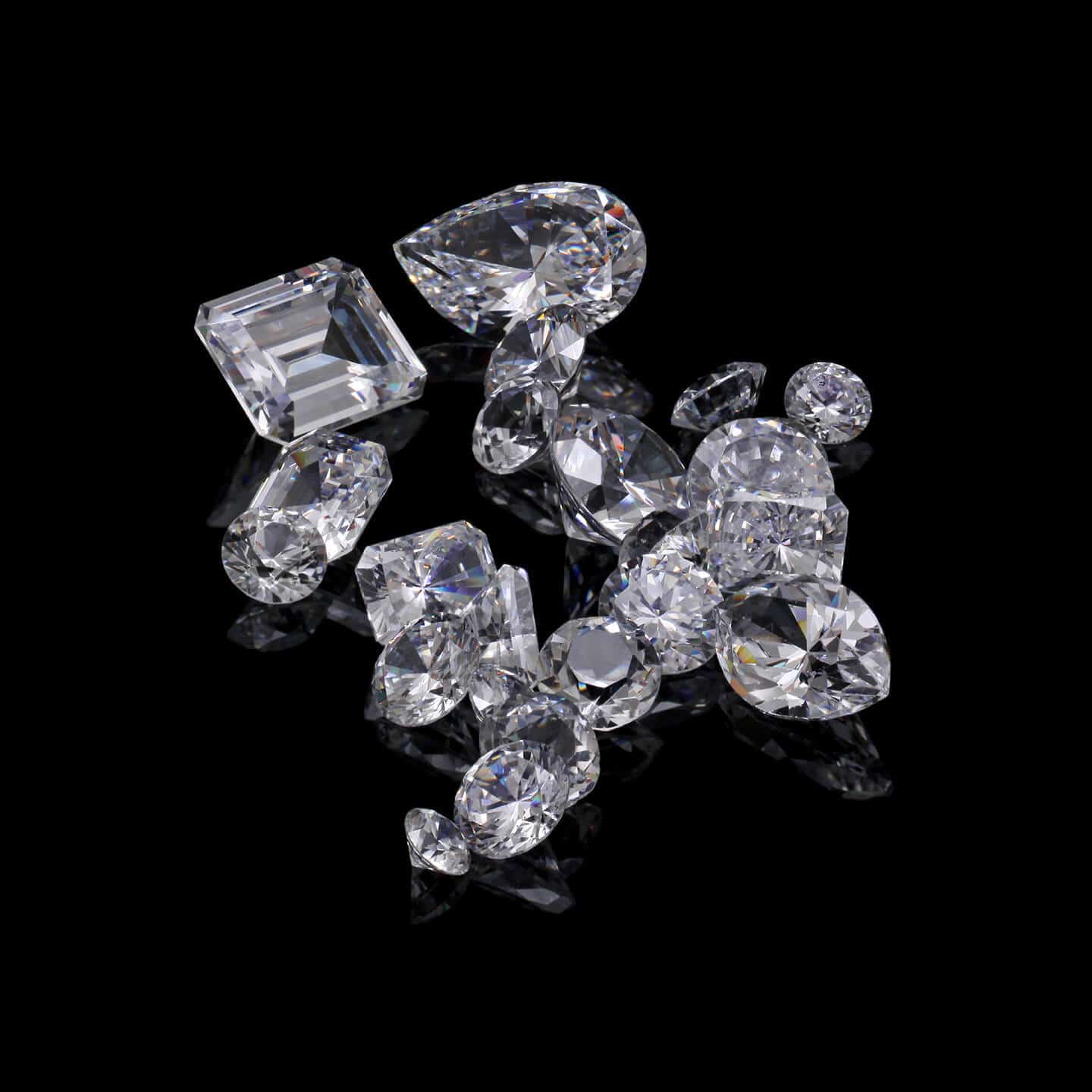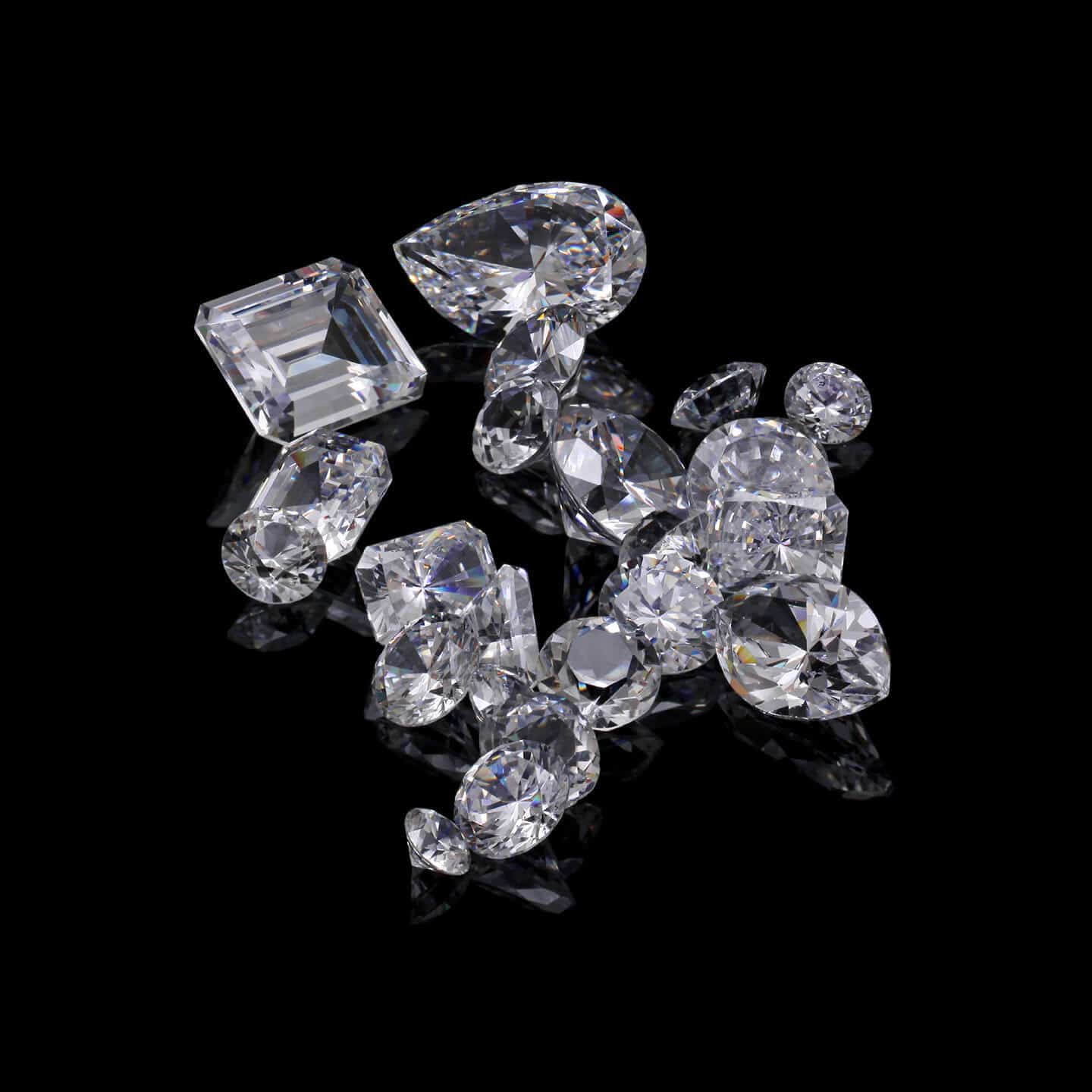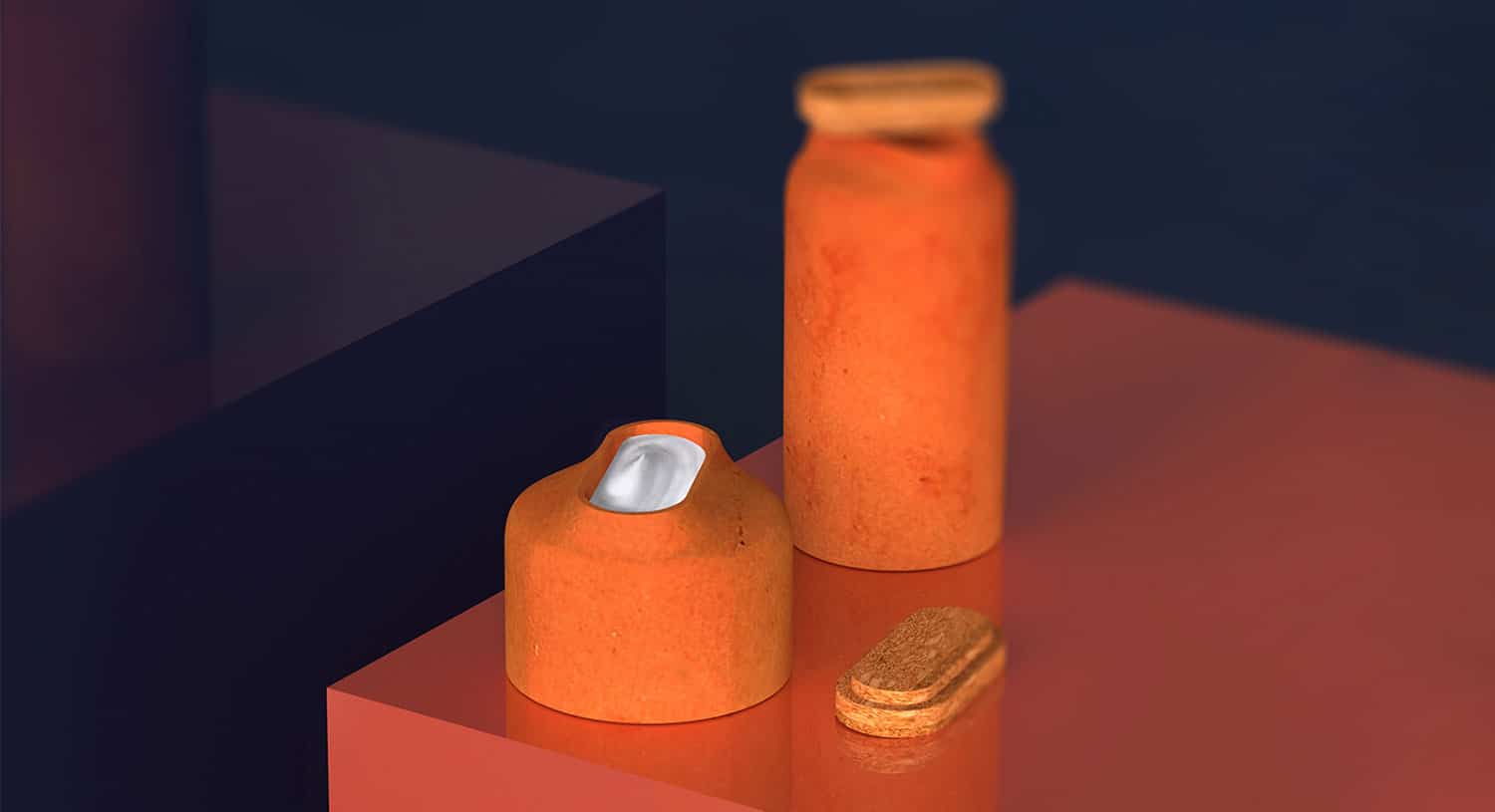[vc_row njt-role-user-roles=”administrator,armember”][vc_column][vc_column_text]
In charge of promoting the diamond industry on the French market, the Collectif Diamant has identified seven different terms to qualify the stone, whether natural or not. In view of this multiplicity of names, the organization asked the French Opinion Way Institute to conduct a study of the public’s perception of this terminology. The results of the study were alarming: while consumers perfectly identify what a “natural diamond” is and understand its value in terms of rarity and authenticity, this is far from being the case for the other names used.
Composed of the main entities making up the diamond industry – the Natural Diamond Council, UFBJOP, Francéclat, the Laboratoire Français de Gemmologie (LFG) and the Union de la Bijouterie Horlogerie (UBH) – the Collectif Diamant has identified seven designations for the different types of diamonds in existence. On the one hand, the “natural” diamond that is extracted from the mine. But also “synthetic“, “synthetic“, “laboratory” or “laboratory-created” diamonds, where these four synonymous names designate diamond that is industrially manufactured from carbon and reproduces the physical and chemical characteristics of natural diamonds. “Simulant” diamond is a fake diamond that is artificially produced and does not have any of the properties of “natural” diamonds. Finally, the “cultured” diamond is still wrongly referred to as “synthetic” diamond despite the prohibition of this term by the decree of January 14, 2022.
This ambiguity can be seen in the results of the Opinion Way survey. In fact, if 90% of the people surveyed understand the nature of “natural” and “synthetic” diamonds, the fraudulent term “cultured” diamond is not always understood. 55% of those interviewed do not even know what it is, or even associate “cultured” diamond with a natural stone or extracted from the earth in 34% of cases. Even more astonishing is the result: 11% of the respondents associate “cultured” diamonds with cultured pearls. However, under no circumstances can a diamond be formed like a pearl inside an oyster.
Within this sample of the population, young people do not rank the value of different types of diamonds as well. For example, 39% of 25-34 year olds believe that “cultured” diamonds are “rather or completely natural”, compared to 11% of those aged 65 and over, even though they are manufactured industrially.
The figures reveal a significant risk of confusion and even fraud at the time of purchase of a diamond jewel. This lack of clarity is all the more important since purchasing behavior is impacted by criteria of authenticity, ethics and price. Thus, in a purchasing situation, the choice of a natural diamond is motivated by the fact that they are considered “real” diamonds (67%) and considered more “ethical” (55%) and “ecological” (55%) than “synthetic” diamonds.
Consequently, the Collectif Diamant reaffirms the decree n° 2002-65 of January 14, 2002 stipulating that the mention “synthetic” is mandatory when it is a stone whose manufacture is “caused totally or partially by man”. The law also mentions that for this type of diamond, “the use of the terms ‘high’, ‘cultivated’, ‘of culture’, ‘true’, ‘precious’, ‘fine’, ‘genuine’ and ‘natural’ is prohibited.”
These guidelines make diamond terminology easier to understand in order to protect the consumer. While 42% of those interviewed were considering buying a diamond (65% of them between the ages of 25 and 34), the Collectif Diamant ultimately defends the possibility of a transparent purchase.
Read also > ARTYCAPUCINES: THE SIX NEW METAMORPHOSES OF THE ICONIC LOUIS VUITTON CAPUCINES BAG
Featured Photo : © Institut Français de Gemmologie[/vc_column_text][/vc_column][/vc_row]









